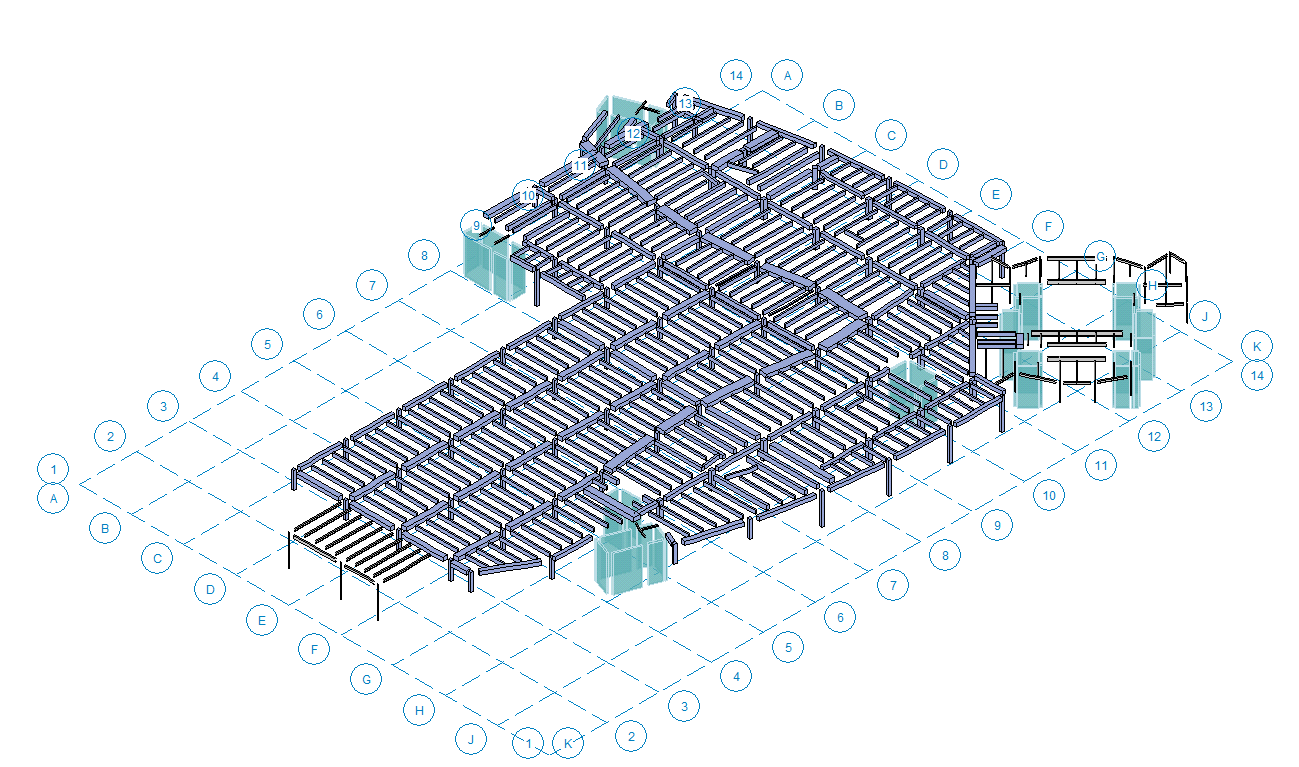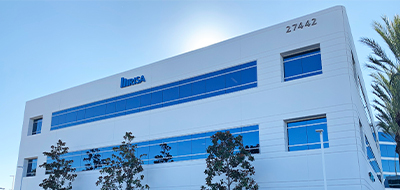“The improvements in RISA’s interface and features have reduced potential errors and streamlined our processes”
Charles Grochala, PE
Structural Engineer at Shive-Hattery

Getting Started with RISA
Shive-Hattery began its journey with RISA-3D as a core tool in their structural engineering projects. The team appreciated the robust capabilities of the software and its comprehensive support system, which includes training videos and articles. "Most of our learning was on the go," shared one engineer. The team found the shorter, more focused videos particularly helpful, providing quick solutions to specific problems. RISA-3D’s intuitive interface and powerful analysis capabilities made it an essential tool from the start, enabling engineers to tackle complex structural problems with ease.
Evolving Software Journey
As Shive-Hattery integrated RISA into their workflow, they discovered the software's flexibility and depth. The team utilized RISA-3D for finite element analysis, plate models of steel shapes, and unique equipment support conditions. They highlighted the efficiency of RISA-3D's new features, like the ability to click on members for quick edits and the improved accessibility of commands. "The new interface has made finding things much easier," noted another engineer. Additionally, the interoperability between RISA-3D and RISAFloor has enabled the team to perform comprehensive design and analysis of entire building structures, ensuring accuracy and efficiency in their projects.
Advancements with RISA
The transition from older versions of RISA to the latest ones brought significant improvements. "Clicking on loads and the extend/trim commands are some of our favorite new features," said a team member. These enhancements, along with the interface upgrades, have streamlined their workflow and reduced the potential for errors. Shive-Hattery has also leveraged RISA's export functions extensively, integrating the software with Excel for more detailed analysis and reporting.
“The robust capabilities of RISA-3D and the comprehensive support system, including training videos and articles, have been invaluable”
Evan Timm, PE
Structural Engineer at Shive-Hattery
.jpg?width=2000&height=272&name=SH%20logo%204c%20(1).jpg)
Overcoming Challenges
As with any new software integration, Shive-Hattery encountered some challenges in fully adopting RISAFloor into their workflows. Initially, senior engineers required time to adjust to the software’s approach to applying wind loads. Additionally, the team encountered some unique architectural elements, such as split levels and roof pop-ups, which occasionally required manual adjustments to achieve the desired accuracy in diaphragm modeling.
To address the hurdles they faced, Shive-Hattery partnered closely with RISA to develop a fully customized training program tailored specifically to their workflow. This began with a discovery meeting, where RISA’s experts worked closely with Shive-Hattery’s engineering team to understand their unique needs, challenges, and project requirements. Through this collaborative process, RISA identified key focus areas, including specific architectural complexities and load applications that needed extra attention.
Once the needs were mapped out, RISA created custom training outlines and developed project-specific models to ensure the training was relevant and practical. These sessions, led by RISA experts, provided hands-on experience, walking Shive-Hattery’s engineers through RISAFloor’s full capabilities—from automated features to manual load adjustments. The training was designed not only to improve technical proficiency but also to give engineers the confidence to apply the software to complex architectural scenarios.
By fostering a culture of continuous learning, supported directly by RISA’s personalized training, Shive-Hattery quickly optimized their use of the software. This collaborative effort not only improved efficiency and accuracy in their current projects but also positioned them for future success with even greater confidence in the software’s capabilities.
Looking Ahead: Future Plans
Looking ahead, Shive-Hattery plans to continue leveraging RISA for diversification and growth. The team aims to expand their building design projects by training more engineers in RISAFloor, thereby enabling them to bid on increasingly complex projects. "This training is going to help us expand our ability to support larger building projects," said one of the engineers. As RISA continues to evolve, Shive-Hattery is eager to integrate new features and updates, ensuring they remain at the forefront of structural engineering innovation. The team is particularly interested in exploring the potential of upcoming enhancements in RISA-3D and RISAFloor to further streamline their design processes and enhance their project delivery capabilities.




.jpg?width=600&height=82&name=SH%20logo%204c%20(1).jpg)

